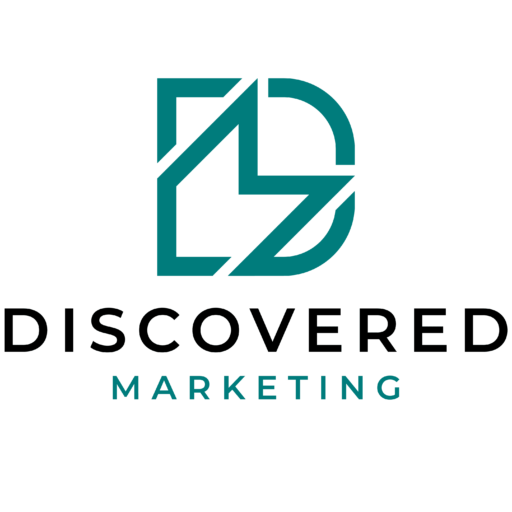Social Media Marketing: Organic vs Paid Strategies for Small Businesses
With the right social media marketing strategies, you can engage your audience, increase brand awareness, and ultimately drive sales. But when it comes to social media marketing, one question often arises: Should you focus on organic or paid strategies? In this blog, we’ll explore the differences, benefits, and best practices for both approaches, helping you make informed decisions for your business.
Understanding Social Media Marketing Strategies
What is Social Media Marketing?
Social media marketing involves using platforms like Facebook, Instagram, Twitter, and LinkedIn to promote your products or services. It’s a dynamic way to connect with your audience, share your brand story, and drive traffic to your website. Social media marketing strategies can be divided into two primary categories: organic and paid.

Organic Social Media Marketing
Organic social media marketing refers to the free efforts you put into growing your presence on social media platforms. This includes posting content, engaging with your audience, and utilising hashtags to reach a wider audience.
Benefits of Organic Social Media Marketing:
1. Cost-Effective: As a small business, every penny counts. Organic strategies allow you to reach your audience without spending money on ads.
2. Authentic Engagement: Building a genuine connection with your audience fosters trust and loyalty. Organic interactions are often more authentic, encouraging followers to engage with your brand.
3. Long-Term Results: While organic strategies may take time to yield significant results, they can lead to sustainable growth and a loyal customer base.
4. Enhanced Brand Awareness: Consistent posting and engagement can increase your brand’s visibility, making it easier for potential customers to find you.
Paid Social Media Marketing
Paid social media marketing involves spending money on advertising to promote your content. This can include sponsored posts, pay-per-click ads, or boosting existing posts to reach a wider audience.
Benefits of Paid Social Media Marketing:
1. Immediate Results: If you need to promote a new product quickly or drive traffic for a specific campaign, paid advertising can deliver immediate visibility.
2. Targeted Audience Reach: Paid ads allow you to define your target audience based on demographics, interests, and behaviours, ensuring your message reaches the right people.
3. Increased Engagement: Paid campaigns can lead to higher engagement rates, as boosted content often receives more visibility.
4. Analytics and Insights: Paid advertising platforms provide in-depth analytics, allowing you to track the performance of your campaigns and make data-driven decisions.
Comparing Organic and Paid Social Media Marketing Strategies
Cost
Organic social media marketing is primarily free, aside from the time and resources you invest. On the other hand, paid social media marketing requires a budget, which can vary based on your goals and the platforms you choose.
Time Investment
Organic strategies demand consistent effort over time. You need to regularly post, engage, and analyse your performance. In contrast, paid strategies can yield quick results, but you need to monitor and adjust your campaigns continuously.
Reach and Engagement
Organic posts may reach a smaller audience initially, but they can lead to higher engagement rates over time. Paid posts, while they reach a broader audience quickly, may not always generate authentic interactions.
Longevity of Results
Organic efforts build a lasting presence that can continue to bring in traffic and leads long after you stop posting. Paid advertising typically ceases to yield results once you stop funding it.Crafting Your Social Media Marketing Strategy
Integrating Organic and Paid Approaches
For small businesses, the most effective social media marketing strategies often integrate both organic and paid efforts. Here’s how you can create a balanced approach:
1. Define Your Goals: Determine what you want to achieve; brand awareness, lead generation, or sales conversions. Your goals will guide your strategy.
2. Create Quality Content: Develop high-quality, engaging content that resonates with your audience. This applies to both organic posts and paid ads.
3. Utilise Analytics: Monitor your performance metrics regularly. Use insights from both organic and paid efforts to refine your strategies.
4. Engage with Your Audience: Regardless of your approach, always prioritise engagement. Respond to comments, answer questions, and foster a sense of community.
5. Budget Wisely: Allocate a budget for paid ads while continuing to invest time in organic strategies. This ensures you’re maximising your reach and engagement.
Tailoring Strategies for Small Businesses
For small business owners, time and resources can be limited. Here are some tailored social media marketing strategies to consider:
1. Leverage Local Hashtags: Use location-based hashtags to connect with your local community. This is particularly effective for organic social media marketing.
2. Highlight Customer Testimonials: Share reviews and testimonials from satisfied customers. This builds credibility and encourages engagement.
3. Run Targeted Ads: Use the targeting features of social media platforms to run ads that cater specifically to your local audience or ideal customer profile.
4. Host Contests and Giveaways: These can boost engagement organically while also providing opportunities for paid promotion to reach a wider audience.
5. Share User-Generated Content: Encourage your customers to share photos and reviews of your products, then repost this content. It not only builds community but also provides authentic marketing material.
Measuring Success in Social Media Marketing
Key Metrics to Track
When evaluating your social media marketing strategies, it’s crucial to monitor various metrics to gauge success:
– Engagement Rate: Likes, comments, and shares indicate how well your content resonates with your audience.
– Reach and Impressions: Track how many people see your content and how often. This helps assess brand visibility.
– Click-Through Rate (CTR): For paid ads, the CTR shows how effectively your ads drive traffic to your website.
– Conversion Rate: Ultimately, the goal is to convert followers into customers. Monitor how many leads or sales result from your social media efforts.
Conclusion: Finding Your Balance
In the ever-evolving landscape of social media marketing, both organic and paid strategies hold significant value for small businesses. By understanding the differences and benefits of each approach, you can develop a comprehensive social media marketing strategy that aligns with your goals and resources.
Remember, the most effective social media marketing strategies leverage the strengths of both organic and paid efforts. As you navigate this dynamic environment, stay flexible, be open to experimenting, and continuously engage with your audience. With the right combination of strategies, your small business can thrive in the digital world.


